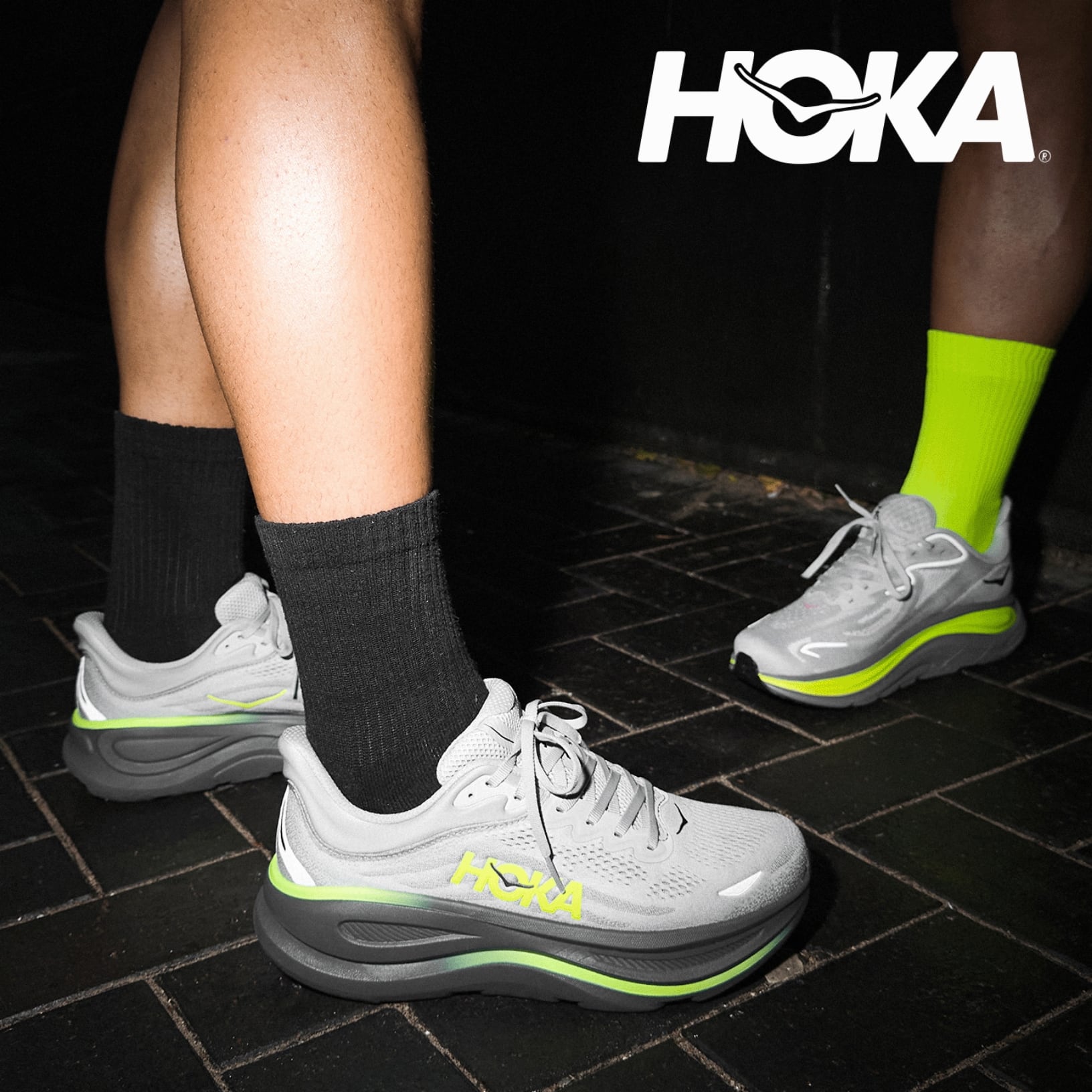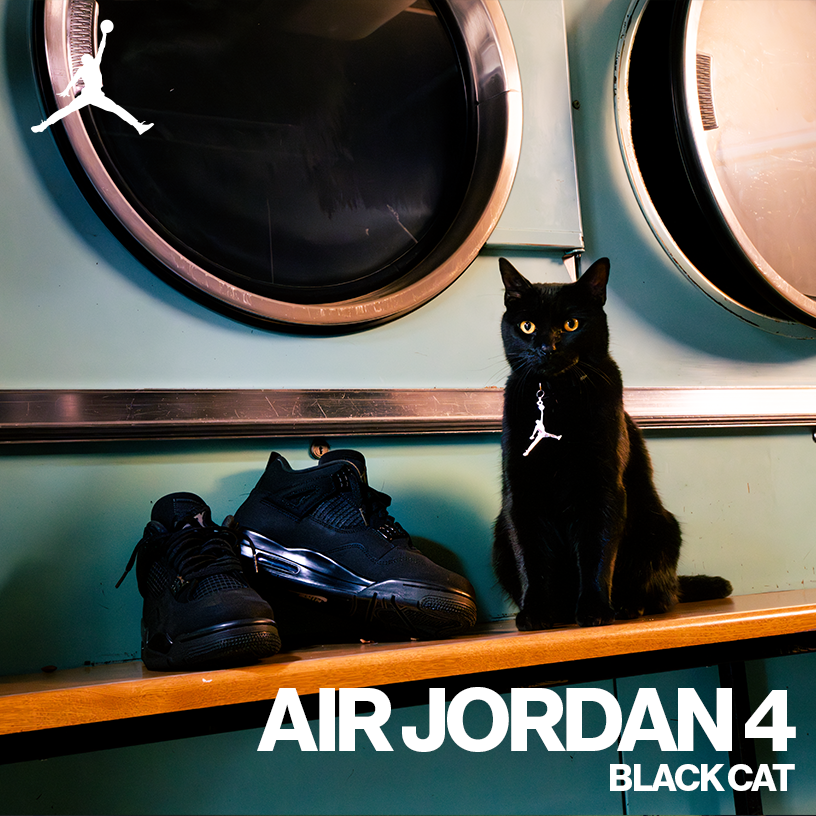With January out of the way, and New Year’s resolutions in full swing, here at JD, we’ve been looking ahead to marathon training season. That’s April-May in the UK, with popular marathons in London, Manchester, Brighton, Leeds, Belfast, and Blackpool all taking place within these months.
Have you ever wondered which city is best for marathon training? Or if there is even such a thing?
If you were to hedge your bets on one marathon to achieve a PB, or one city to simply finish your first, in which city would you stand the best chance of doing so?
To research these questions, we sought the help of science. We wanted to know which geographical and social limitations negatively affect marathon performance times, and whether you could improve your time by switching location.
We applied our research to the 20 biggest towns and cities in the UK, creating a scoring index of all our findings.
In the index, we were able to assign a score out of 10 for each limitation and after build a leaderboard of which cities were the UK’s best for marathon training.
WARMEST AVERAGE TEMPERATURE

This first section, average temperature, belongs to a series of metrics we pulled from the findings of the same study. These metrics are temperature, rainfall, and humidity.
The study we used explored the relationships between bad weather and the performance of runners competing in the New York City marathon – the biggest in the world.
The conclusion of the study was simple: bad weather leads to slower runs.
The next three sections breaks down what represents bad weather for marathons, and which cities in the UK runners are most likely to experience these kinds of weather.
Starting with section one, and the conclusion that lower average temperatures negatively correlate with marathon performance.
Beginning at the bottom, our research concluded that Scotland’s biggest city Glasgow came out as the coldest in the UK at an average of just 9 degrees Celsius.
For context, London ranked as the warmest, with an average temperature of 12.17 degrees Celsius.
London’s Southern placement and self-contained atmosphere warms the capital to a higher level than the rest of the UK, benefiting from an effect known as the ‘urban heat island’ where the city’s huge concentration of buildings and pavements absorb large amounts of sunlight before releasing the heat back into the atmosphere.
Outside of London, the warmth of the south continued to dominate, with Southampton (12) and Portsmouth (11.99) finishing second and third respectively.
The most northern city inside the top five was Norwich (11.8), with the East Anglian city achieving only one degree of separation from the Big Smoke.
AVERAGE RAINFALL

Part two of the bad weather section (and one that can really make or break your marathon mood) is rainfall, which we measured in millimetres.
Many people assume that Manchester is the wettest city in Britain due to its proximity to the peak district. However, Manchester was not the wettest, that crown again belonged to Glasgow.
Glasgow is not only the coldest UK city, but the wettest too, with a monthly average of 111.57 mm (about the length of the long edge of a credit card) of rainfall.
In England, Plymouth sees the most rainfall, receiving a monthly average of 95.71 mm, placing it second overall.
Portsmouth (81.04), Stoke (78.43), and Southampton (77.11) made up the rest of the wettest cities.
But what about the driest cities, and therefore the category winners?
In order, the cities with the least monthly average rainfall were Norwich (16.86), Bristol (20.68), Northampton (20.93), Birmingham (29.35), and Derby (35.11).
Which meant the overall winner of the category was Norwich, with Norfolk’s capital once again performing strongly.
LOWEST AVERAGE HUMIDITY

The final part of the cold weather series dealt with humidity.
Humidity refers to the amount of water vapor present in the air, with our findings suggesting that a higher percentage of humidity contributes to negative running performance.
Once again, Glasgow came out as the most humid and therefore least optimal city for running; securing a hat-trick of bad weather accolades, with an average humidity of 86.88% proving that Scotland’s most populous city is a.) Cold, b.) Wet, and c.) Awful for training for marathons.
The rest of the most humid and therefore least optimal cities were: Stoke-on-Trent (86.73), Bradford (85.98), Derby (84.86), and Coventry (84.78).
In terms of the least humid and category champions was London, with 78.79% average humidity.
London was followed closely by Norwich, whose 79.49% average brought the city within a whisker of the top-spot.
Other strong performers from this category included: Newcastle (80.79), Portsmouth (81.38), Liverpool (81.43), and Brighton (81.91).
HIGHEST AVERAGE ELEVATION

Fatigue, by definition, is an exercise induced loss of strength.
Do you know what causes fatigue? or a greater-than-normal level of fatigue? That’s right, hills.
Now, it’s no news to anyone that it’s harder to run up a hill than down one; similarly, it’s also not news that flatter surfaces are easier to run on.
However, the study that we found gave us a wider understanding of the more unusual ways incline can affect fatigue.
For example, did you know that a bout of downhill running after a long run can benefit muscle recovery? Or that a route that regularly switches from flat surface to decline could positively affect your time?
To represent incline, we collected the average elevation score for each of our cities, with Peak-District-adjacent Bradford appearing as the least optimal with an average elevation of 175 ft.
Other cities with high inclines and therefore sub-optimal for running were Stoke-on-Trent (168), Sheffield (168), Luton (146), and Wolverhampton (138). It’s worth noting that similarly to Bradford, Sheffield and Stoke are also bordering the Peak District, with 1/3 of Sheffield considered part of the Peaks.
Meanwhile, at the other end of the table, our research concluded that the flattest UK city was Portsmouth, with an average incline of only 7 ft, 25x less than the average incline of Bradford.
Whilst Portsmouth (7), Hull (21), Southampton (22), and Norwich (28) were the cities with the lowest average incline, it’s also worth noting that the jump from Norwich (28) to fifth placed Reading (54) was almost double, therefore making Portsmouth, Hull, Southampton, and Norwich by far the flattest UK cities.
TOTAL POPULATION AGED 19-24

Our next study stated that you’re most likely to complete a marathon if you’re between the ages of 19-24.
Whilst we realise this doesn’t necessarily directly affect an individual’s performance, it could affect an individual’s motivation, providing runners with a social element to running.
Since lockdown, running clubs have turned running into a social phenomenon in Britain, with young people seemingly motivated by the desire to get outside and connect.
Looking at the data, the city with the highest percentage of 19- to 24-year-olds was Nottingham, with a whopping 13.5% of their total population belonging to this demographic.
The rest of the top five consisted of the cities Newcastle (12.2), Norwich (11.4), London (11), and Manchester (11.2).
Elsewhere, at the bottom end of the category, we saw Northampton come in last with a mere 4.90% belonging to the age group 19–24.
The rest of the bottom five places were occupied by Milton Keynes (5.2), Wolverhampton (6), Bradford (6.1), and Stoke-on-Trent (6.6).
CLEANEST AIR

For this section, we found a study researching the effect of air pollution on running performance from footballers competing in the Chinese Super League.
The conclusion was relatively straightforward: higher levels of air pollution led to lower running output.
When looking at the data for air pollution levels in the UK, we discovered that Manchester had the highest average levels of pollution with a score of 57.
Apart from Manchester; Bristol (56), Portsmouth (56), Leeds (55), and Liverpool (55) made up the rest of the struggling pack.
Elsewhere, at the top, Norwich once again won another category, this time as the city with the cleanest air, scoring an impressive score of 29, tying with Brighton who also scored 29.
HIGHEST SAFETY SCORE

Safety is rightfully a high priority when considering where to train for and take part in running marathons.
To represent safety, we looked at each city’s safety index measure to find which cities are considered the safest in the UK.
We discovered that Norwich is considered the safest of all major British cities, with a safety rating of 74.2.
Behind Norwich followed Edinburgh (68.73), Newcastle (62), Brighton (60.82), and Bristol (57.5).
What is a Safety Index?
A safety index or safety score is a score out of/100 containing a blend of perceived safety, violent crimes, discrimination, harassment, and property crimes. Data can be collected in various ways such as official police crime statistics and surveys. In our index, a higher score correlates to a safer city.
BEST CITIES TO RUN A MARATHON IN THE UK

In conclusion, we discovered that Norwich is the best city in the UK for completing marathons.
Just like Liverpool in the Premier League, the East Anglian city looked head and shoulders above the competition as they stormed to the title with ease, winning multiple categories along the way.
Norwich can now proudly boast the title of safest, driest city to have the cleanest air, that’s also rather flat. Incidentally, this also makes the city ideal for running marathons.
According to our index, Norwich finished with a score of 9.4/10 to clinch the title, with the closest competitors being Nottingham (8.2), Newcastle (7.9), Brighton (7.9), and Hull (7.9).
London finished in eighth place with a score of 7.6/10, whilst Scotland’s highest representative was Edinburgh coming in eleventh place with an overall score of 7.2/10.
The biggest loser of the campaign was Stoke-on-Trent, scoring a substandard 5.56/10; The Staffordshire city performed poorly in several categories including air pollution, incline, and humidity, leaving it adrift at the bottom of the leaderboard.
Making up the rest of the bottom five was Bradford (5.88), Wolverhampton (6.07), Luton (6.19), and Glasgow (6.34).
Thinking of training for a marathon? Be sure to check out our range of running shoes, clothing & accessories, or read our quick guide on how to get started with running.














